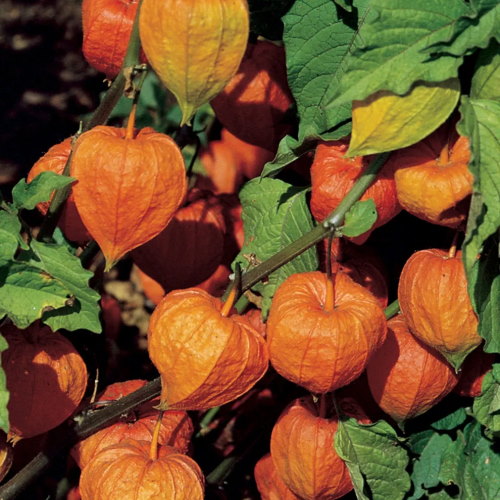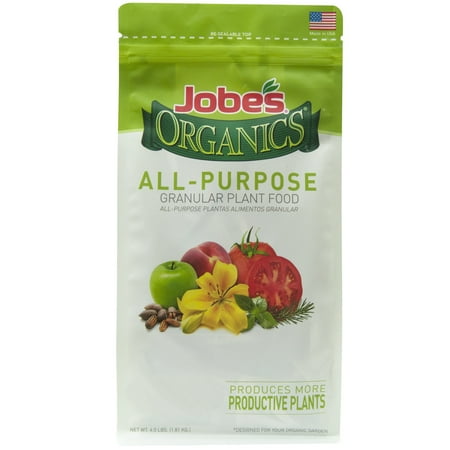How to grow ground cherries from seed – for large harvests of small and sweet fruits
Expert tips for everything from sowing to harvesting ground cherries to help you have healthy plants and bumper pickings

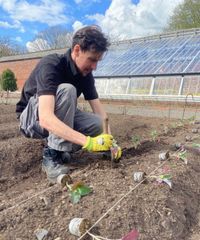
Ground cherries are historic plants cultivated for small tangy fruits encased in distinctive husks that fall to the ground when ripe - hence their name. It can be easy to grow ground cherries (Physalis pruinosa) at home from seed for large crops of cherry-sized fruits with a pineapple-like flavor.
The seeds of ground cherries are commonly sown indoors in spring and plants can go outside after the frosts. Given enough sun, water, and nutrients ground cherries can grow hundreds of fruits that appear somewhere between a tomatillo and a cherry tomato each growing season.
There are other physalis species, such as tomatillo and cape gooseberry, that you may be more familiar with - but there are great reasons to grow ground cherries in a fruit or vegetable garden at home and this guide looks closely at growing and maintaining plants for bumper harvests. However, it must be noted that all parts of the plants, except the ripe fruits, are toxic.
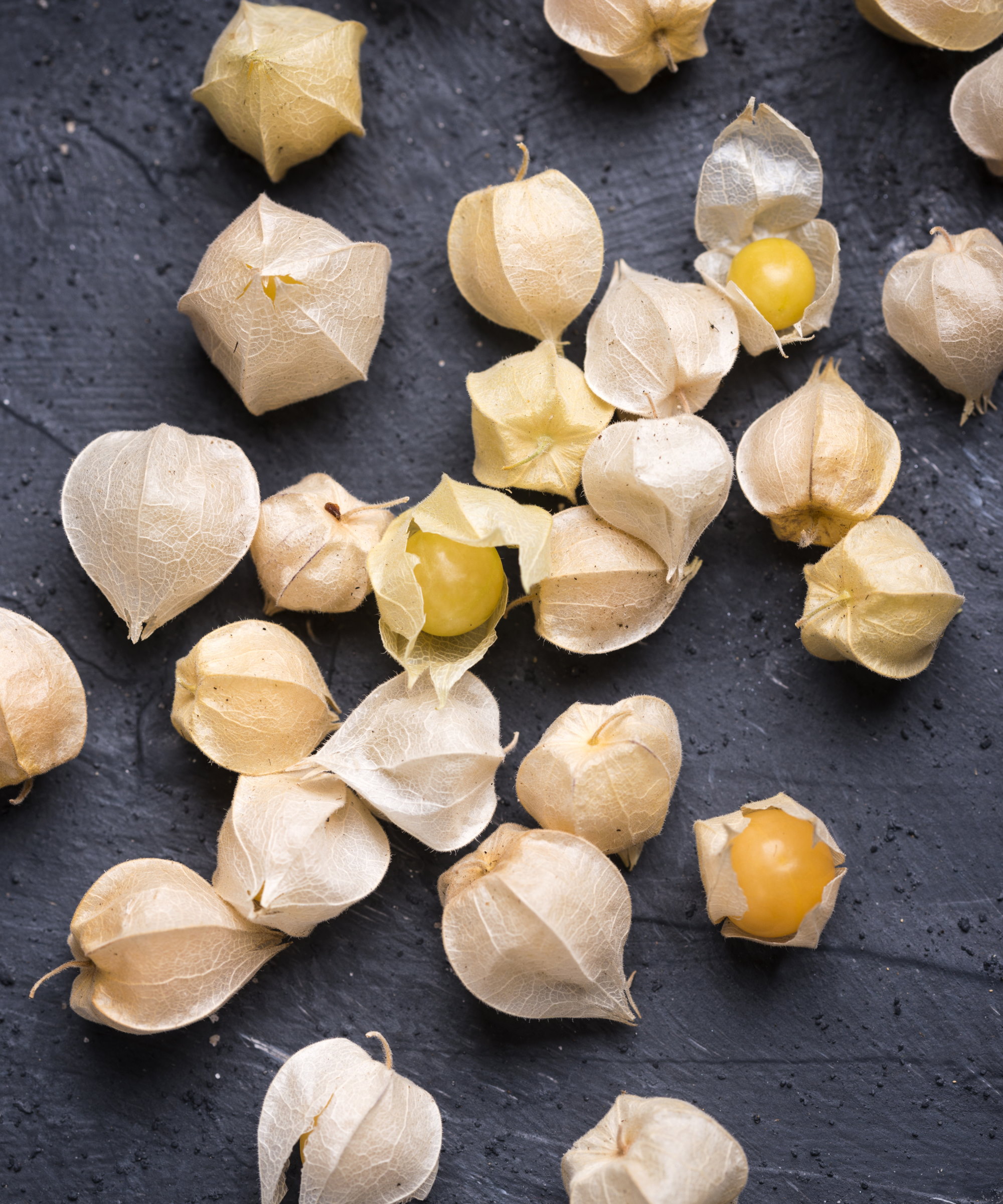
How to grow ground cherries - an in-depth guide
If you want to plant ground cherries at home, you can buy young plants from garden centers, nurseries, or online. Alternatively, they are simple plants to grow from seed or you can take plant cuttings if you have existing ground cherries. However, ground cherries are prolific self-seeding plants that can be expected to appear again once you plant them.
How to grow ground cherries from seed
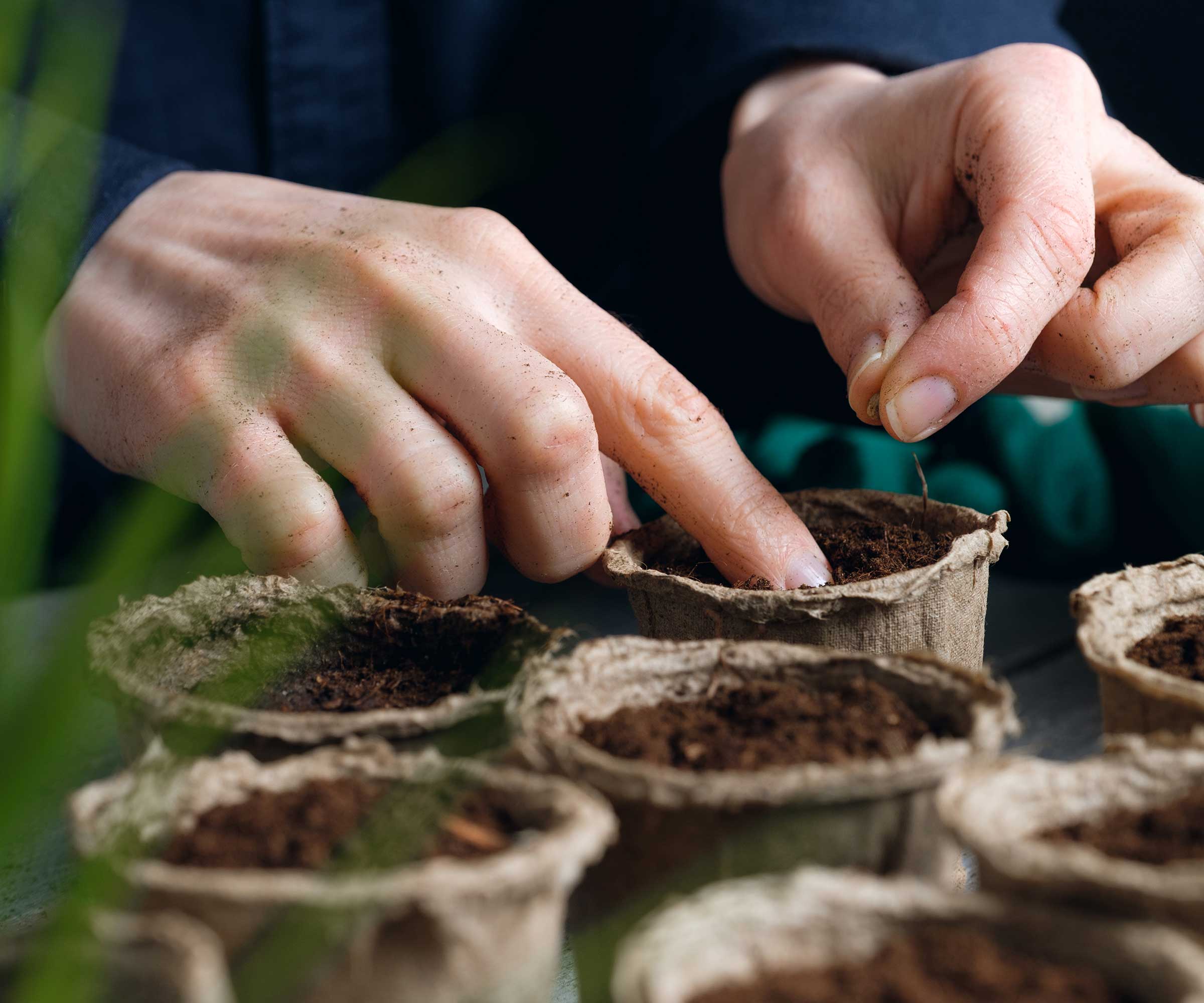
Ground cherries have a long growing season, and germination can be erratic. To give them the best chance of germinating and developing into healthy plants, sow seeds indoors in colder US hardiness zones around 6-8 weeks before the last frost.
Plant the seeds a quarter-inch deep in biodegradable pots filled with seed compost - using biodegradable pots, available at Amazon, is advisable to avoid disturbing the roots when transplanting seedlings.
Place the containers in a propagator, or on a warm windowsill, at temperatures of 75-85°F and keep the soil moist, but not waterlogged. Using heat mats or covering pots with lids or clear plastic bags can help boost warmth and provide humidity. The seeds should germinate in 2-3 weeks in ideal conditions and can be planted outside after the risk of frosts, after hardening off.
Design expertise in your inbox – from inspiring decorating ideas and beautiful celebrity homes to practical gardening advice and shopping round-ups.
Ground cherries can be directly sown in warm winter climates. Sow seeds outdoors once the soil temperature reaches 75°F. Keep the soil moist and thin seedlings to 24 inches apart as they appear.
Where to plant ground cherries
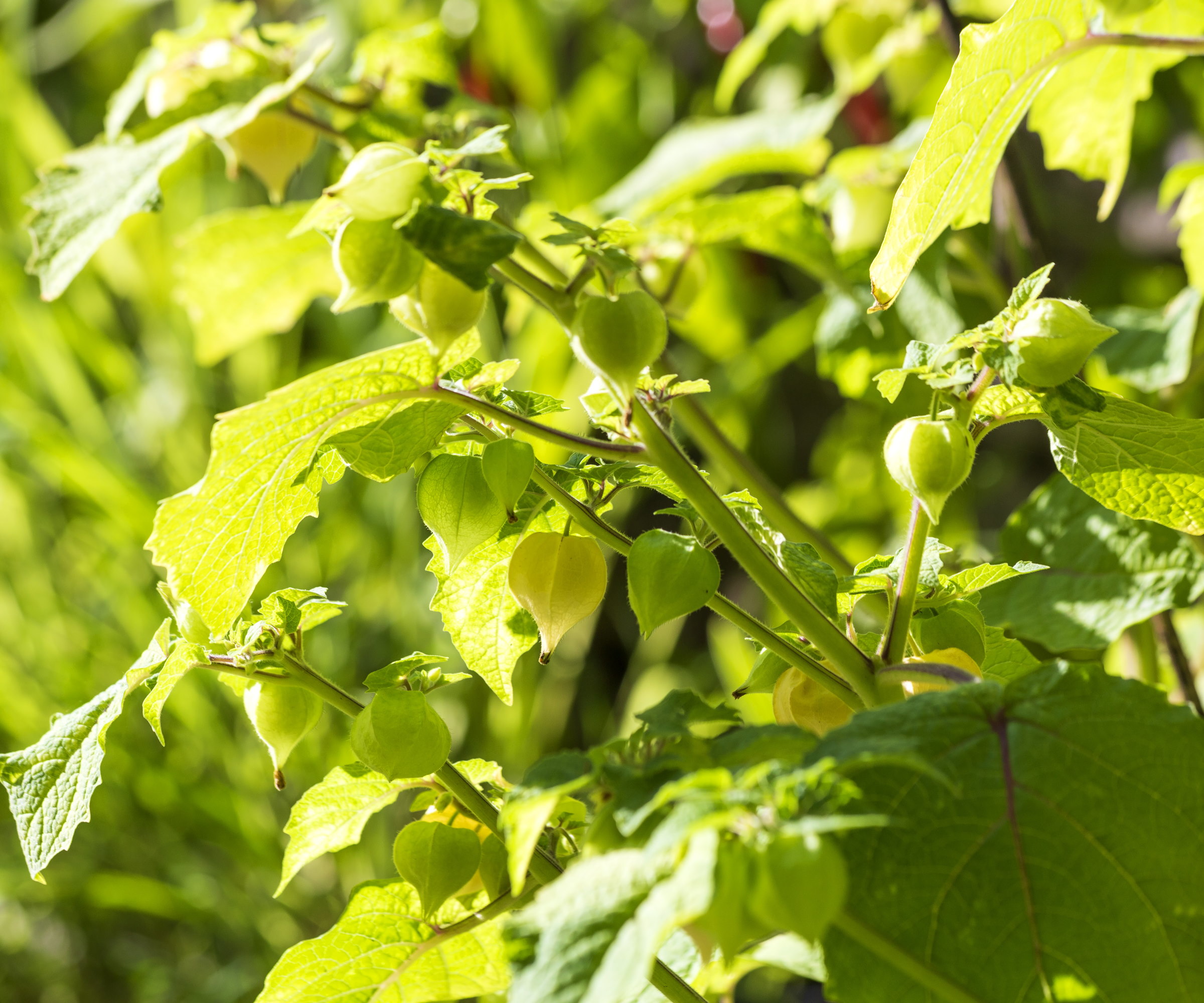
Plant ground cherries where they will grow in full sun, for at least six hours per day. You can grow ground cherries in some shade in warmer climates, but it may mean a reduced harvest of fruits.
It is possible to grow ground cherries in raised beds and container gardens in smaller spaces, or if you have heavier soil types. Ground cherries prefer fertile and well-draining soil - they do not thrive in sodden conditions. Adding organic matter such as compost or well-rotted manure will improve the drainage and fertility of the soil.
Plant ground cherries 24 inches apart to give plants room to develop. The plants should be planted deeply as they sprout roots along their stems, putting them deeper in the soil firmly roots plants in the ground - similar to when growing tomatoes.
Grow ground cherries - care tips
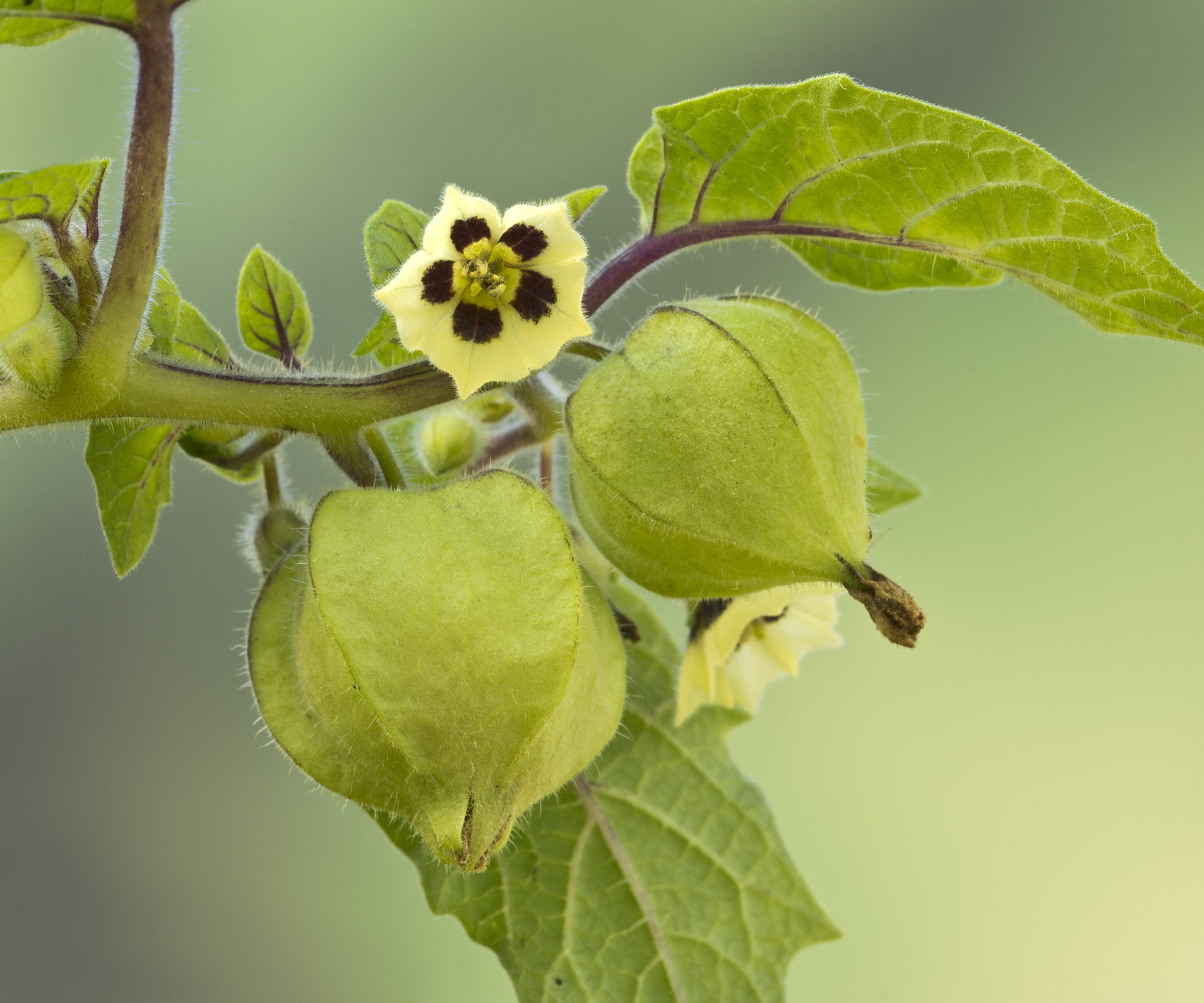
Giving plants some support is advisable when growing ground cherries. The plants may only reach around three feet tall, but ground cherries are highly productive plants that can grow hundreds of fruits.
Providing support prevents the lightweight plants from sprawling or collapsing under the weight of the fruits. The simplest way to support ground cherries is to use tomato cages, available at Amazon.
Ground cherries require regular watering after planting and benefit from being irrigated once or twice a week throughout the growing season. Plants benefit from deep watering to keep the soil moist in summer.
Samuel Davis, an experienced horticulturist and CEO of London Gardeners, claims that ground cherries are drought tolerant but to get the ‘best yield’ the plants need constant moisture. He adds: ‘Depending on the amount of rain, water the soil deeply once or twice a week.’
Mulching around plants helps to retain moisture in the soil and smother weeds that can rob water and nutrients from ground cherry plants.
Christy Wilhelmi, an experienced gardener, author, and founder of Gardenerd, claims ground cherries in containers need monthly feeding with an organic vegetable fertilizer.
However, she adds that plants in the ground or raised beds ‘may not need as much food’ if the soil is healthy and fertile thanks to the addition of compost before planting.
In the absence of organic matter, an alternative is to add a slow-release organic fertilizer to the soil when planting ground cherries followed by a second application in summer.
Ground cherries are very productive plants that produce many fruits that ripen in late summer and fall. It takes 60-75 days from transplanting plants to the husks drying up and detaching themselves.
‘Ground cherries are ready to harvest when they drop to the ground - thus the name,’ says Christy Wilhelmi. ‘Check daily for newly fallen cherries, to avoid critters getting them first.’
‘Sometimes they drop early, so you can leave them in the husk in a bowl on the table until they turn completely yellow,’ adds Christy. ‘However, they are toxic when green so should not be consumed until ripe enough’.
Ground cherries can be kept fresh in a mesh bag in a refrigerator for up to two weeks. Fruits can be removed from the husks and frozen to store for longer.

Christy Wilhelmi has been a gardener for almost 30 years and specializes in small-space, organic vegetable garden design, consulting, and classes. She is an author of several gardening books, including Grow Your Own Mini Fruit Garden available on Amazon.

Samuel Davis, a horticulturist and the CEO of London Gardeners, brings a green thumb and strategic vision to the helm. Under his leadership, London Gardeners has blossomed into the go-to destination for premier gardening services in the city, fostering beautiful landscapes while nurturing a commitment to environmental stewardship.
FAQs
Can you grow ground cherries in a pot?
Ground cherries can be grown in large pots in container gardens. Plant them in 10-gallon pots or grow bags filled with well-draining potting soil and place the container in a sunny spot in the backyard. Keep a close eye on watering plants in containers, especially during the summer, and check the moisture levels a few inches under the surface using your fingers.
Are ground cherries perennial?
Ground cherries can be perennial plants in US hardiness zone 8 and above. The plants are usually grown as annuals and it is usual for new plants to grow from seeds inside dropped fruits.
A lack of space need not dampen any aspirations to grow fruit at home. Ground cherries are suitable for pots, as discussed above, and strawberries and raspberries can also be grown in containers.
You can even grow fruit trees in pots in smaller spaces, taking advantage of modern advancements in breeding with dwarf fruit varieties. To discover more, see our dedicated guide to the easiest fruit trees to grow in pots and get some inspiration for growing fruit on a patio, deck, or balcony.

Drew has worked as a writer since 2008 and was also a professional gardener for many years. As a trained horticulturist, he worked in prestigious historic gardens, including Hanbury Hall and the world-famous Hidcote Manor Garden. He also spent time as a specialist kitchen gardener at Soho Farmhouse and Netherby Hall, where he grew vegetables, fruit, herbs, and cut flowers for restaurants. Drew has written for numerous print and online publications and is an allotment holder and garden blogger. He is shortlisted for the Digital Gardening Writer of the Year at the 2025 Garden Media Guild Awards.
